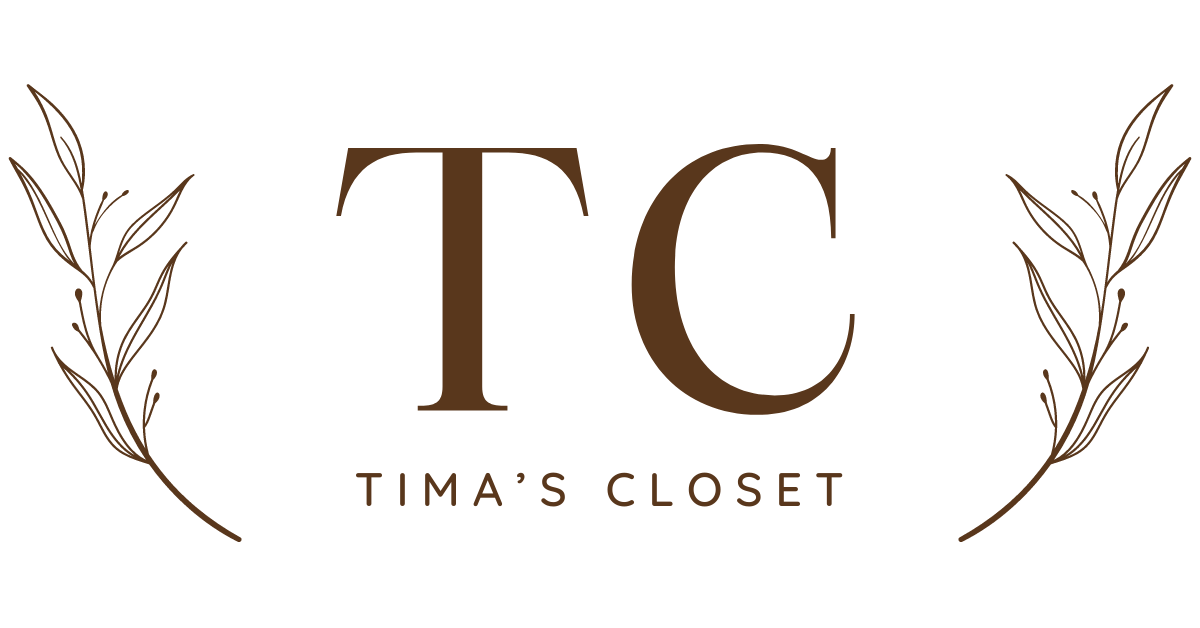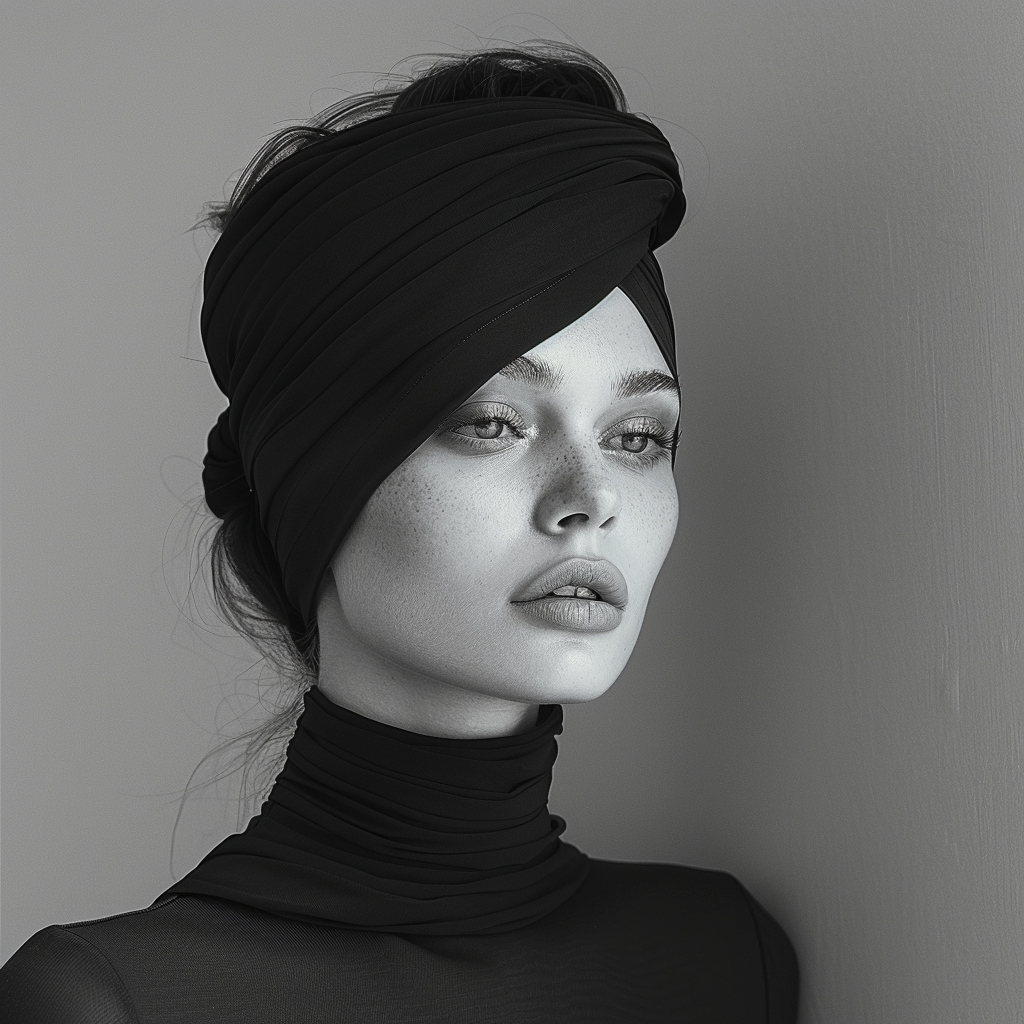We live in a world that constantly tells us to want more, fmore clothes, more trends, more everything. But lately, something has shifted. The idea of “luxury” is being rewritten, and it no longer looks like closets bursting with options or designer logos covering every inch of fabric.
Today, true luxury feels quieter. Calmer. More intentional.
It’s not about excess, it’s about essence.
Welcome to the age of the new minimalism, where less isn’t just more, it’s meaningful.
The Evolution of Minimalism
Minimalism isn’t new. It’s been around for decades, in design, architecture, art, and fashion. But the version we’re embracing in 2026 feels different. It’s less about stark simplicity and more about emotional clarity.
Old minimalism was all clean lines, empty spaces, and “capsule wardrobes.” The new minimalism still values simplicity, but it also makes room for warmth, texture, and humanity.
Think less sterile white walls and more cozy neutrals. Less “own only 30 things” and more “own the right things.”
In other words, minimalism has matured. It’s evolved from aesthetic to mindset.
The Burnout Behind the Shift
Part of this evolution comes from exhaustion.
We’ve spent years overstimulated, endless scrolling, endless trends, endless consumption. Fast fashion told us we needed something new every week. Social media told us we weren’t enough unless we had it.
But constant consumption doesn’t create fulfillment, it creates fatigue.
That’s why minimalism feels like a rebellion now. It’s an act of opt-out.
Choosing less is how many of us are reclaiming our peace, our attention, and our sense of self.
Quality Over Quantity (Finally Means Something)
There’s a quiet elegance in owning fewer, better things. A coat that lasts ten years. A bag that tells a story. A wardrobe built on timeless silhouettes instead of fleeting hashtags.
That’s the essence of the new minimalism, luxury as longevity.
It’s not about denying yourself beautiful things. It’s about choosing them more carefully. Every piece in your home, your closet, your life has to earn its place, through quality, function, or emotional connection.
We’ve entered an era where thoughtful consumption is the new status symbol. The people who look the most “luxurious” aren’t necessarily those in the loudest brands, but those who exude a kind of quiet confidence, the kind that comes from knowing exactly who they are and what they value.
The Emotional Side of Minimalism
When you strip away the noise, the clutter, the distractions, the “shoulds,”what’s left is space. Space to think, to breathe, to feel.
That’s what minimalism really gives us: emotional room.
Fashion psychologist Carolyn Mair once wrote that the way we dress directly impacts our mood, focus, and sense of identity. When your wardrobe is filled with things that reflect your truest self, decision fatigue fades. Getting dressed becomes intuitive, not stressful.
That’s the kind of simplicity most of us are craving, not just in clothes, but in life.
The Minimalist Wardrobe in 2026
The new minimalist wardrobe isn’t about black turtlenecks and rigid rules. It’s about balance.
You’ll still find neutral tones, ivory, sand, espresso, slate, but they’re softened with texture: wool, linen, silk.
You’ll see structured pieces, but paired with relaxed ones.
You’ll feel polish, but also ease.
It’s the kind of wardrobe that works anywhere: in a city, on a plane, in a meeting, or on a slow Sunday. It’s adaptable, which is exactly what modern life demands.
And the irony? When your closet finally feels calm, your personal style starts to shine even brighter.
Minimalism Beyond Fashion
Minimalism isn’t just changing how we dress, it’s transforming how we live.
People are downsizing homes, simplifying routines, and decluttering their digital spaces. They’re choosing experiences over possessions. Time over things.
Even luxury brands are taking notice. You see it in the muted campaigns of The Row, Loro Piana, or Totême, brands that whisper where others shout. Their appeal lies in their restraint. They understand that the most confident thing a brand can do in a noisy world is stay quiet.
My Own Shift Toward “Less”
A few years ago, my style was all over the place. I was chasing trends, bright colors, statement pieces, and everything the internet told me I needed. My closet was overflowing, but I still felt like I had nothing to wear.
Then one day, I decided to start over, not by throwing everything out, but by slowing down. I took stock of what I actually loved. I sold what didn’t feel like me.
Now, my wardrobe feels like a reflection instead of a costume. It’s smaller, calmer, and infinitely more me.
Minimalism didn’t take away my style, it refined it.
The Luxury of Time
At its core, the new minimalism is about time.
When you stop chasing more, you gain time — to rest, to create, to enjoy what you already have. That’s true luxury: being present enough to appreciate the details.
It’s the pause before buying something.
It’s the satisfaction of rewearing a favorite piece.
It’s the calm that comes from knowing you have enough.
Time is the one thing you can’t buy, which makes it the most luxurious thing you can own.
Closing Thoughts
The new minimalism isn’t about living with nothing, it’s about living with meaning.
In fashion, it’s about quality and confidence. In life, it’s about space and serenity. It’s not cold or restrictive; it’s warm, grounded, and intentional.
Maybe this is what luxury has always been trying to say, that beauty isn’t in the abundance, but in the awareness.
Because in 2025, luxury isn’t loud.
It’s a whisper.
It’s the sound of a calm mind, a curated closet, and a life that finally feels like your own.

